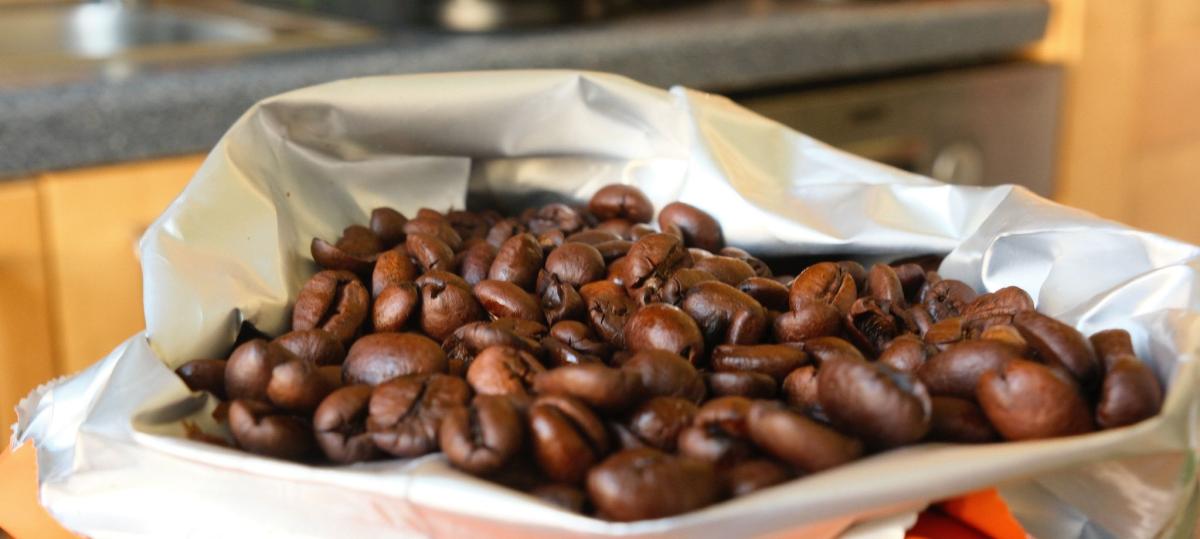The longing story of the kite

The habit of the kite flying is linked to the acceptance of spring and regeneration of nature, as well as to the purification process associated with Lent.
The kite's movement in the air symbolizes spiritual release and freedom from daily burdens, while the kite flying from the ground to heaven embodies the attempt of man to renew and approach the divine.
This tradition began around the 19th century, and its spread to Greece became wider in the 20th century.
In particular, the kite flying on Clean Monday became a habit mainly in the cities and villages, and was also linked to the Clean Monday celebration as part of the celebration and the customs that accompany the day.
The story of the kite
It is not clear when the kites were invented, but many scholars believe they were developed in China.
Other evidence shows that the kites were used by the cultures of Malaysia, Indonesia and the South Pacific as fishing organs made of natural materials such as leaves and reeds.
In 450 BC, the famous Chinese philosopher Mo-Jace spent three years carefully constructing a wooden bird flying with a tied rope for which there is a discussion about whether it was an early kite.
The earliest written reference to kite flying is in China in 200 BC.
Chinese General Han Hin of the Khan dynasty threw a kite over the walls of a city in which he was attacked to measure how far his army had to move on to cross the defenses.
By the 13th century, kite flying had spread from traders from China to Korea and all over Asia in India and the Middle East.
Spread to Europe
At the end of the 13th century, European explorer Marco Polo describes in his book (1295) their kites and their abilities to lift people, after seeing Chinese traders using kite to determine whether a journey would be successful or not.
Kite flying spread throughout Europe between the 14th and 15th centuries with references by Vasco da Gama, Giovanni della Porta and William Shakespeare.
However, the kites were initially regarded as curious constructions and had little impact on European culture.
Scientific uses
In the 18th century, kites began to increase their popularity among children.
However, it was the use of kites by physicists and meteorologists who gave boost to the development of kites for scientific purposes.
Some of the most famous are Alexander Wilson & Thomas Melville, who did the first recorded weather experiments using kites in 1749.

Benjamin Franklin's kite's experiment that is said to have led to the discovery of electricity
Then Benjamin Franklin and De Romas begin to conduct electric experiments with kites in 1752-3.
Early planes
Many of the experiments and developments in the 1800s immediately led to the final development of motor aircraft and transatlantic wireless communications in the early 20th century.

The Wright Brothers
The Wright brothers were skilful to kite flying, and were the years of kite flying that led to their plane in the invention.
One day, while they were flying kits to Kitty Hawk, the brothers discovered that the kites provided enough lifting so they could lift a man off the ground.
In August 1899 they built a two -seater kite, also known as a kite of distortion.
Military use
The invention of the motor plane is not the end of the use of kites.
During World War I (1914-1918), the British, French, Italian and Russian army had all kite units to observe the enemy and the bodies of signals.

Paul E. Garber holds the Mark I kite-kite designed to practice anti-aircraft systems on ships when he was commander of the Navy.
Source: History Net
One could say that the kite is the precursor to today's drones.
The Space Era
Following World War II, two kite innovations, Flexi-wing of Francis Rogallo (1948) and Domina Jalbert's Parafoil kite (1964) contributed to the development of modern-day stupids and sports pavilions respectively.
Rogallo had initially invented Flexi-Wing with the idea of creating an aircraft that would be simple enough and cheap so that everyone could get it.
In the late 1950s and early 1960s, Rogallo worked with NASA to use his plan as an alternative recovery system for Gemini space capsules.

Inventor Domina Jalbert, whose work on shelters and air -type wings are the key to the modern parachute, kiting and free fall. Source: fai.org
NASA eventually preferred the round parachutes, but Rogallo's plan inspired many plans for swinging winds.
Another design developed in the 1960s was by Domina Jalbert, who invented a fully flexible double -surface spoiler.
This invention would radically change kiting, parachute and hovercraft.
Kites as a sport
Until the early 1600s, kites were usually used to entertain adults.
Slowly, illustrations of children playing with pear -shaped kites around 1618 began to appear, and the kites continued to increase their popularity among children to date.
In the mid -1980s, the modern field of kite began to be transformed with great themes and attraction sports such as Extra Sports, Kite Surfing.











